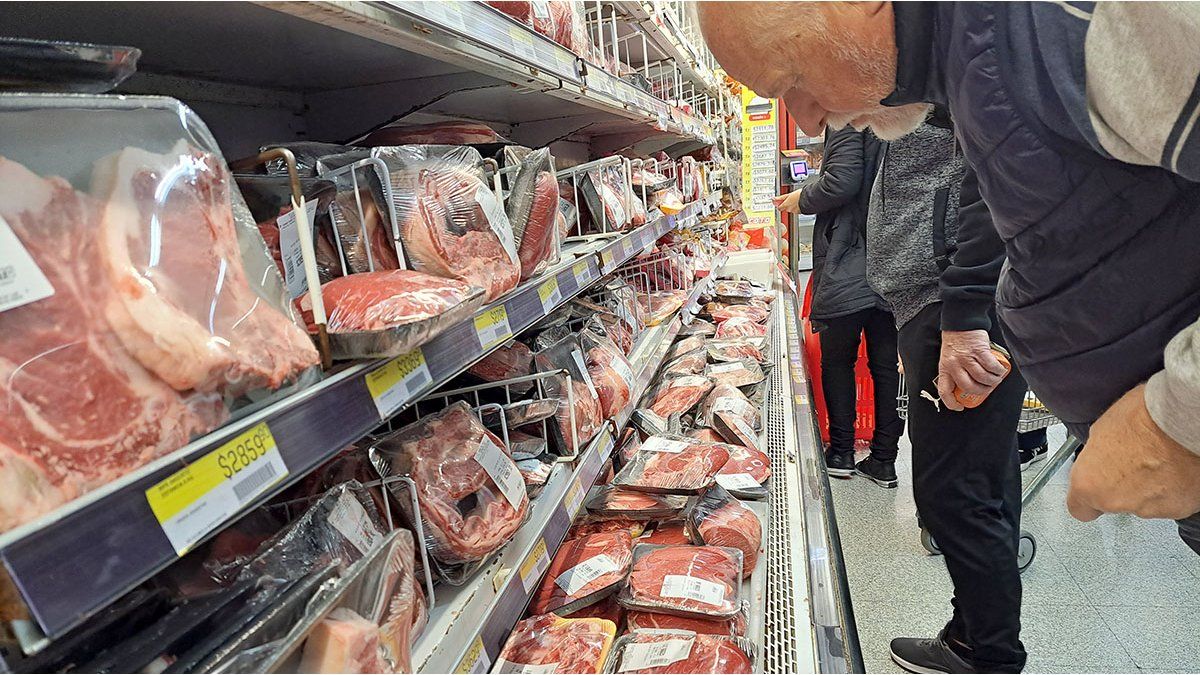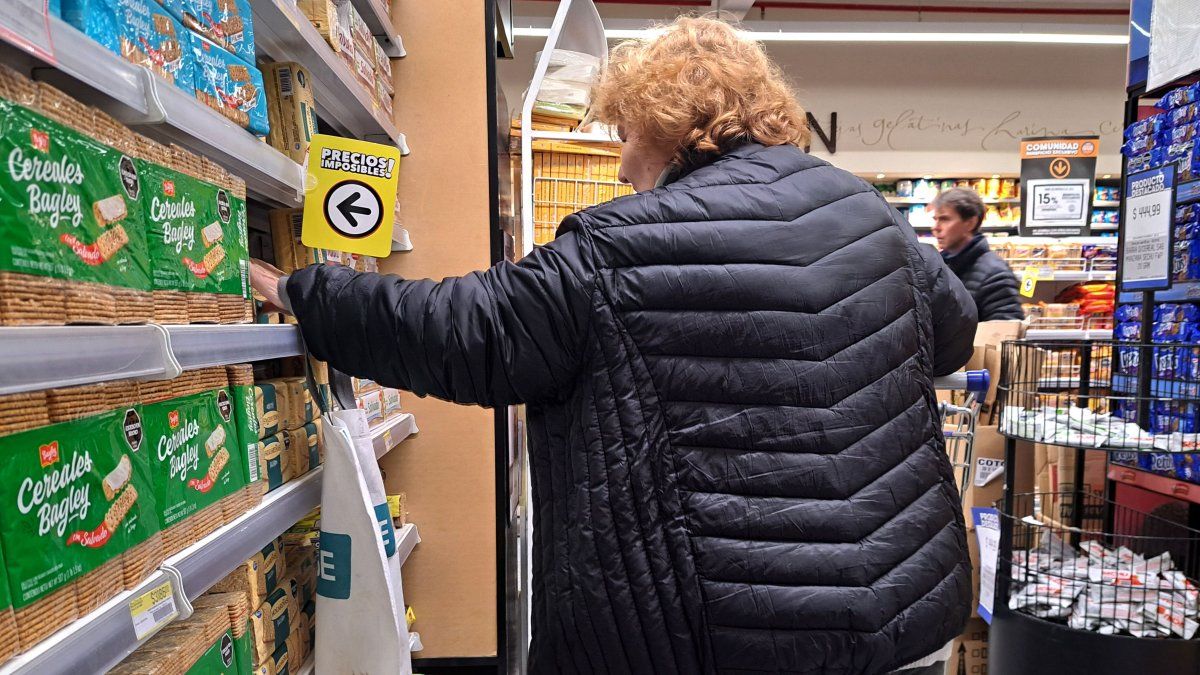According to the latest official data, in October the price average of cuts beef which measures the INDEC It was 13.7% above the general level of inflation in the accumulated year-on-year period. A fact that, in a context of falling purchasing power, will possibly be reflected in a lower consumption.
And it is, according to analysts and sector leaders, a scenario that could be sustained during 2024. The fact is that in the coming months the impact of the drought could be felt on the supply of cattle for slaughter, a fact that will drive values upwards. and that, once again, will be reflected in lower consumption.
“It is very possible that there will be further increases before the end of the year. And that they are sustained during the summer, due to lack of property supply. Also, if things are as the next president predicts, we are going to have very tough months, it is very likely that per capita consumption will fall. We will see that as the months go by: it will not fall abruptly, not even in December, but surely in January there will be a drop in consumption,” Miguel Schiariti, director of the Chamber of Industry and Commerce, told Ámbito. of Meat (CICCRA).
Although he clarified: “The fall in consumption will not only be due to the increase in the price of meat, but also due to the increase in prices in the economy.. “The income of workers will suffer due to the increases in all prices in the economy: this will cause consumption to fall, not only of meat but of other products as well.”
The increase in price in December may be related to greater seasonal demand that would validate the increase in the price of the property. In fact, in the last month average increases of around 23% were observed.
“In the short term, I think that the rise had much more to do with the ‘prevention’ of an eventual change in the dollar rate and an eventual relative change in prices. Therefore, slaughter had a significant drop due to the producer’s prevention of keeping the animals until at least the week following the inauguration of the new Government, pending possible changes in public policies. The drop in supply and the rise in values in the last three weeks, from my point of view, have no other explanation than that,” explained livestock consultant Víctor Tonelli.
Meat, prices and consumption: what to expect in 2024
roast-meat.jpg
They predict lower meat consumption for 2024, due to the increase in prices
Depositphotos
According to Tonelli’s analysis, a drastic drop in animal supply is not likely to be seen until at least late February or March next year. “From there I would say that I see a significant drop in supply. I am referring to an annualized level equivalent to 7 or 8 kilos less per inhabitant per year.. If we understand that, ultimately, the total supply throughout 2023, including exports, was around 70/72 kilos/yearly inhabitant.”
Lower production, hand in hand with an eventual better scenario for exports, would result in lower domestic supply. “Based on what this Government is announcing as measures, such as the reduction of the exchange gap or the removal of restrictions on exports, “I would say that the shortage is probably going to hit the domestic market more than exports,” The specialist told Ámbito who, in addition, estimated “a recovery in the values of the export farm and a slaughter of heavier animals.”
“The negative part of this scenario, which derives from the 2023 liquidation and since biological processes do not allow a rapid recovery of supply, is that There will be a lack of meat in the domestic market. And, therefore, meat in relative terms is going to become more expensive“, explained Tonelli, who concluded: “Today, indeed, meat has recovered a high value. But in nine of the twelve months of 2023 it was very cheap, running behind inflation. In any case, it is a fact that comes in some way from the damage caused by the drought, which sent very young animals to slaughter and to the pens and prevented the breeding process that makes the animals heavier at slaughter. These set of impacts of the drought, added to the over-liquidation of cows, are what will be missing in 2024 and 2025. In addition, due to the effect of the drought, one and a half million calves will probably be missing. All of this will affect the supply, probably starting in March and will also impact in 2025, on a smaller scale, but there will be a residual effect”.
Source: Ambito




